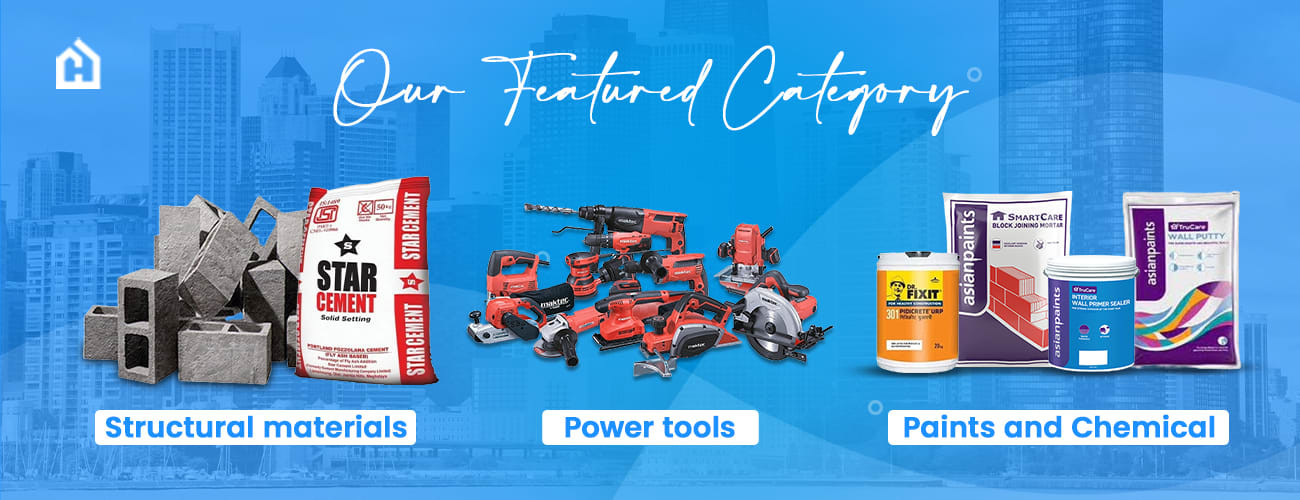Tips for Avoiding Moisture on Concrete Floors

Are you struggling with moisture issues on your concrete floors? Whether you're a homeowner, builder, or construction worker, dealing with moisture problems can be a frustrating and costly endeavor. In this comprehensive guide, we'll share valuable tips and techniques to help you prevent moisture buildup and protect your concrete floors for years to come.
Table of Contents
| Sr | Headings
| 1. | Introduction
| 2. | Understanding the Importance of Moisture Control
| 3. | Common Causes of Moisture on Concrete Floors
| 4. | Tips for Preventing Moisture
| 5. | Proper Installation Techniques
| 6. | Choosing the Right Materials
| 7. | Regular Maintenance
| 8. | Additional Precautions
| 9. | Conclusion
| 10. | FAQs
1. Introduction
Moisture on concrete floors can lead to a host of problems, including mold growth, structural damage, and flooring failures. Understanding how to prevent moisture buildup is essential for maintaining the integrity and longevity of your concrete surfaces.
2. Understanding the Importance of Moisture Control
Moisture control is critical for preserving the structural integrity and aesthetics of concrete floors. Excessive moisture can weaken the concrete, leading to cracks, delamination, and other issues that compromise its durability.
3. Common Causes of Moisture on Concrete Floors
Poor Drainage: Inadequate drainage systems can allow water to accumulate around and beneath concrete floors, leading to moisture problems.
High Humidity: Regions with high humidity levels may experience moisture infiltration through the concrete slab, especially in basements and crawl spaces.
Groundwater Seepage: Groundwater can seep through cracks in the concrete or enter through capillary action, resulting in moisture buildup on the surface.
4. Tips for Preventing Moisture
Proper Site Preparation: Ensure proper site grading and installation of effective drainage systems to redirect water away from the concrete slab.
Vapor Barriers: Install vapor barriers beneath concrete slabs to prevent moisture migration from the ground into the concrete.
Sealants and Coatings: Apply sealants and coatings to the surface of the concrete to create a protective barrier against moisture intrusion.
5. Proper Installation Techniques
Allow Proper Drying Time: Ensure that concrete slabs have adequate time to cure and dry before installing flooring materials.
Use Moisture-Resistant Materials: Choose flooring materials that are resistant to moisture, such as epoxy coatings or moisture-resistant underlayments.
Proper Joint Sealing: Seal expansion joints and control joints to prevent water from seeping into the concrete.
6. Choosing the Right Materials
Low-Permeability Concrete: Opt for concrete mixes with low water-to-cement ratios to minimize permeability and reduce the risk of moisture infiltration.
Moisture-Resistant Flooring: Select flooring materials that are specifically designed to withstand moisture, such as ceramic tile, vinyl plank, or sealed concrete.
Waterproofing Additives: Consider adding waterproofing additives to concrete mixes to enhance moisture resistance.
7. Regular Maintenance
Monitor Moisture Levels: Use moisture meters to regularly monitor the moisture levels of concrete floors and address any issues promptly.
Prompt Repairs: Repair any cracks or damaged areas in the concrete promptly to prevent moisture infiltration.
Keep Floors Clean and Dry: Clean spills and debris from concrete floors promptly, and ensure proper ventilation to prevent moisture buildup.
8. Additional Precautions
Elevated Flooring Systems: Consider installing raised or elevated flooring systems to create a barrier between the concrete slab and the finished floor surface.
Dehumidification: Use dehumidifiers in areas prone to high humidity to reduce moisture levels in the air and prevent condensation on concrete surfaces.
Professional Consultation: Consult with a construction professional or moisture remediation specialist for personalized recommendations and solutions.
9. Conclusion
By implementing these tips and techniques, you can effectively prevent moisture buildup on your concrete floors and protect your investment for years to come. Remember to prioritize proper site preparation, choose the right building materials, and stay vigilant with regular maintenance to ensure the long-term durability and performance of your concrete surfaces.
10. FAQs
Q1. Can moisture damage concrete floors?
A1. Yes, excessive moisture can weaken concrete floors, leading to cracks, delamination, and other structural issues.
Q2. How can I tell if my concrete floors have moisture problems?
A2. Look for signs such as efflorescence (white powdery residue), mold growth, or dampness on the surface of the concrete.
Q3. Can moisture problems be fixed after the concrete is installed?
A3. Yes, moisture problems can often be remediated through measures such as installing vapor barriers, applying sealants, or using moisture-resistant flooring materials.
Q4. Are there any DIY solutions for preventing moisture on concrete floors?
A4. While some DIY solutions may offer temporary relief, it's best to consult with a professional for long-term moisture prevention strategies.
Q5. How much does it cost to prevent moisture on concrete floors?
A5. The cost of moisture prevention measures varies depending on factors such as the size of the area, the severity of the moisture problem, and the chosen solutions.













